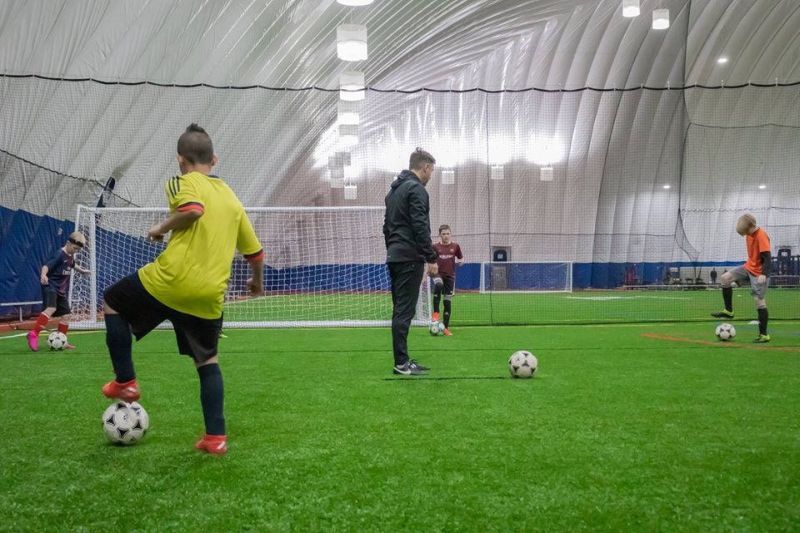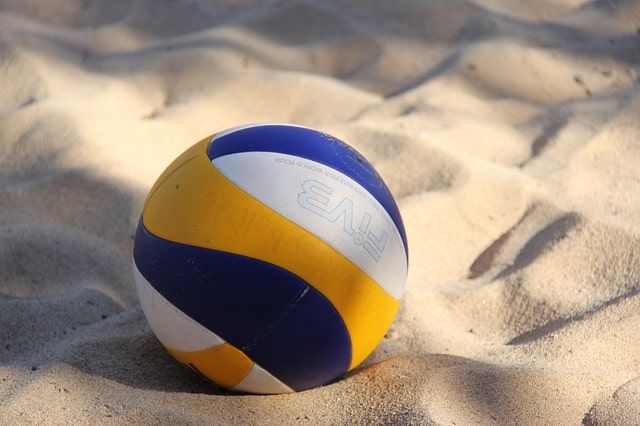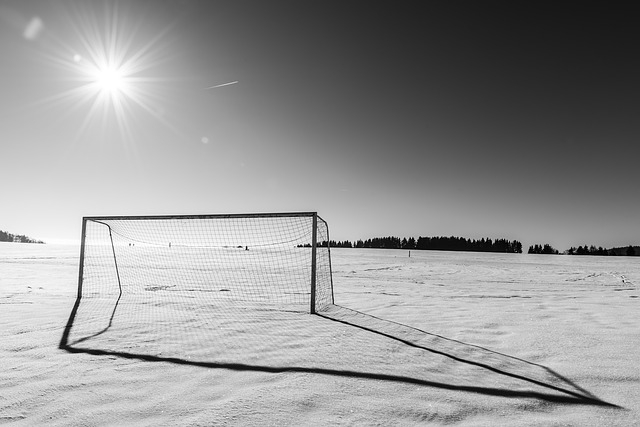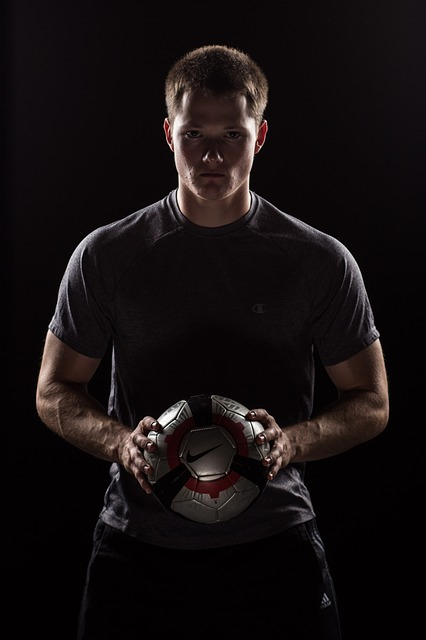
We collect basic website visitor information on this website and store it in cookies. We also utilize Google Analytics to track page view information to assist us in improving our website.
The Dome Sports striving to be more than just state-of-the-art facility
Even if it is a huge part of what they’ve done, the vision has always been a grander one for Noah Welch.
The President and GM of The Dome Red Deer is immensely proud of the facility his team brought to central Alberta, a one-of-a-kind in the province to be sure and a remarkable structure to draw in local athletes.
In the four months since it’s opened, while the dome has drawn in thousands of athletes from across the province, there is one area where Welch thought they’d be moving a bit faster.
His ultimate dream in this venture is to inspire athletes to reach for their goals, use the state-of-the-art facility in Gasoline Alley as the springboard for those dreams. Big dreams.

Glacier Ridge Sports Park, the home to many area golf events and youth soccer clubs, was officially reinflated last week after an eight-month hiatus.
Located at 4618 W. Ridge Road, Parma, and owned by former Rochester Rhinos forward and current Rochester Lancers head coach Doug Miller, the dome complex was destroyed during a windstorm on New Year’s Day.
Here in the Northern Hemisphere, winter sports like skiing and ice hockey are just as beloved as field sports. But not everyone is eager to switch out the cleats for snowshoes come fall. Good news: there are plenty of awesome summer sports you probably didn’t know you could play in the winter!

1. Beach Volleyball
Who says you need a beach to play beach volleyball? Although the game may have originated as a summer pastime, it has evolved into a sanctioned Olympic sport practiced by serious athletes.
There are now indoor beach volleyball facilities (sand and all) built for year-round play. Sports domes like the Volleydome in Calgary boast courts for traditional indoor volleyball and the two-on-two beach game.
2. Soccer
A little snow on the ground isn’t enough to stop the world’s game. With the right gear, it is possible to play soccer in the wintertime.
Of course, the game changes quite a bit when the green turns to white, and not necessarily for the better. The ball skips and glides across the snowy pitch with ease but is much harder to keep in control. The low-friction playing surface also puts players at risk of injury.
Playing soccer outdoors in the cold isn’t ideal unless the season runs long or winter comes early. Fortunately, there’s an alternative: the soccer dome.
Failing that, there are plenty of soccer drills you can practice almost anywhere, with or without a soccer dome.
3. Tennis
Why play a sport associated with short shorts and miniskirts in the winter?
Because it’s surprisingly awesome.
Tennis becomes a whole different game when the temperature drops, demanding a new playstyle and tweaks to your equipment. It’s a great challenge for seasoned tennis players who want to try something new.
Just be sure to dress for the weather with a moisture-wicking base layer and lots of insulating layers on top.
4. Cycling
Believe it or not, there are lots of ways to experience the joys of cycling in the winter.
If you’re brave enough to venture outdoors, it’s possible to outfit your regular commuter bicycle to tackle the slippery roads ahead. However, it does require some extra maintenance; MEC recommends that you wipe down the chain after every ride, apply lube to the chain at least three times a month, and spray aerosol lube on all the moving parts once another.
Winter mountain biking is another option. This heart-pounding winter sport is one of the best ways to soak in the breathtaking snow-covered wilderness.
For cyclists who prefer to stay warm, there’s track cycling, a lesser-known Olympic event that provides an incredible workout and a great show for spectators. Thanks to air-supported structures like the Team USA Velodrome, you can pick up this sport at any time of year.
5. Ultimate Frisbee
It might not have made the Olympics yet, but Ultimate Frisbee has been soaring in popularity ever since its inception in the 1960s. It’s become a favourite of college students and rec leagues around North America.
Trouble is, it’s not easy to catch and throw a plastic disc with mittens on.
That’s why we’re excited to see more and more Ultimate Frisbee leagues making use of indoor facilities like sports domes. Hopefully, there will come a day when frisbee domes are as ubiquitous as soccer domes!
Soccer is one of the most popular sports in Canada. With benefits such as increased aerobic capacity, muscle tone, flexibility and endurance, it’s a great sport for children and adults alike.
Because year-round leagues are becoming popular, more and more teams are training in subzero temperatures. However, there are risks involved with playing soccer in cold weather, so it’s important to keep players safe, warm and comfortable.

The influence of cold weather can have a substantial impact on overall health and safety during practices and games.
However, with proper precautions, players can avoid succumbing to cold-weather illness or injury.
Wind Chill
If the field is not covered by a soccer dome, wind chill is an important factor to consider.
Pay attention to the wind chill temperature index (WCT). Even on more mild days, prolonged exposure can lead to frostbite.
The wind chill temperature is how cold it feels outdoors. Wind chill is based on the rate of heat loss from exposed skin cause by wind and cold. Thus, the wind makes it feel much colder and poses a more serious risk to playing outdoors.
A gust of wind can be enough to infiltrate your clothing and remove the insulating layer of warmth that surrounds your body. The risk of frostbite increases as wind chill falls. It only takes up to 30 minutes to be exposed to frost bite if the wind chill drops below -7 degrees Celsius.
Dressing for Cold Temperatures
When outdoor temperatures drop, the body loses heat more rapidly than usual. It’s important to dress appropriately when playing in cold weather. Layering clothing can be effective, as long as layers are removed to avoid overheating. Dress so that you start off warm and remove articles of clothing as needed.
Start with a base layer made of polypropylene. It’s vital to avoid sweating before playing outdoors since your body will cool quickly. Polypropylene is a moisture-wicking fabric that does not absorb sweat.
Next, cover your first layer with a good insulating fabric such as microfleece or thermal. A mock turtleneck is a great option as well.
The outer layer should protect your extremities.
Ensure that feet, head, ears, hands, eyes and skin are protected before braving the elements. Wear additional clothing such as hats, headbands, gloves, sweatshirts and sweatpants.
It’s also a good idea to pack sunglasses and apply sunscreen before heading out.
Playing in an Air Structure
Soccer domes are a great option if temperatures or weather conditions are less than ideal. An air-supported dome structure provides shelter from the elements and a consistent temperature all throughout the year!
No soccer field? No problem. You don’t have to stop training just because the pitch is closed. These soccer drills can be practiced almost anywhere: in a gymnasium, garage, backyard, park, or air-supported structure.

1. Wall Ball
What You Need:
Soccer ball
Solid wall or tall fence
Wall ball is one of the simplest solo soccer drills. All you need to do is stand a few feet from the wall and kick the ball towards it, using the return to train passing, kicking, or receiving skills. Stand closer to the wall to practice receiving and further away to practice kicks. For precision, aim your shots towards a marker on the wall.
Two or more players can run the drill at once by taking turns kicking the ball. You can give the drill a competitive edge by applying squash rules and keeping score.
Avoid using a wall with gaps or windows — that’s just asking for trouble. A solid fence can work in place of a wall, but a chain-link fence can damage the ball.
2. Triangle Drill
What You Need:
Soccer ball
3 pylons or other markers
At least 10’ x 10’ of space
One of the earliest drills new players learn is the triangle drill, which develops skill in dribbling and moving the ball in close quarters. All you need to do is form a triangle with three pylons about five feet apart, then dribble the ball between them.
There are many variations on this easy soccer drill, including the V-pattern.
3. Mirror Drill
What You Need:
2 players
2-3 pylons or other markers
At least 12’ x 12’ of space
Mirror drills are applicable to a variety team sports, including soccer, American football, and rugby. This high-intensity exercise helps players refine reflexes and develop explosive lateral moves.
Two players stand face-to-face between two pylons (often with a third pylon marking the middle). When the drill begins, the leading player tries to reach one of the pylons alone; the other player’s goal is to reach one at the same moment by mirroring the leading player’s movements.
The leader feints from left to right, attempting to outrun their doppelganger, while the mirror player reacts as quickly as they can. Both players train their lateral movement and get an intense cardio workout.
4. Box Drill
What You Need:
4 pylons or other markers
At least 12’ x 12’ of space
Lacking a wall, ball, and players to train with? You can still practice multi-directional movement.
Place four pylons five to ten feet apart to form a square. Stand at one pylon and sprint forward to the next; shuffle sideways to the third; backpedal to pylon number four; and finally shuffle back to the starting pylon. Repeat.
The box drill is a way to improve your speed in all directions when there’s not enough space or players for a practice game in a field or air-supported structure. Keeping hips low helps to strengthen the core and upper glutes at the same time.
5. Rolls and Toe Taps
What You Need:
Soccer ball
When there’s no room to kick or run, players can work on their footwork with simple taps and rolls.
While not as intense as other soccer drills, these basic movements help to develop and reinforce muscle memory that gives players an edge in tight situations. Taps and rolls are also a great warm-up to the other drills on this list.
